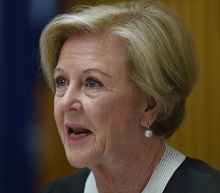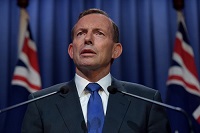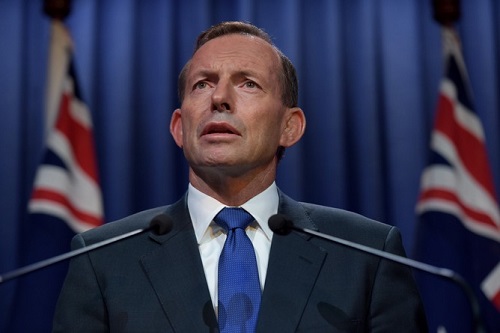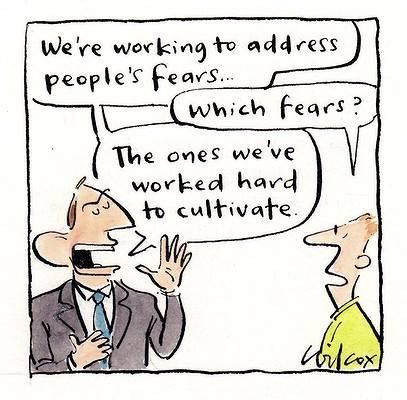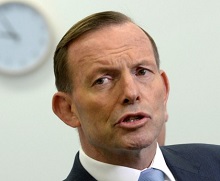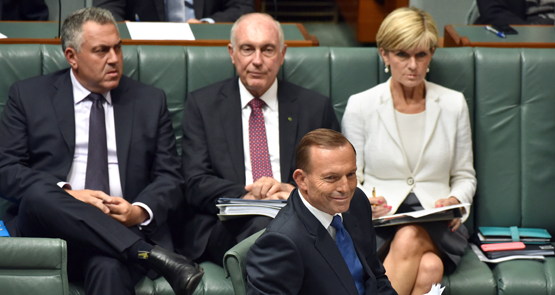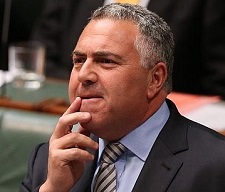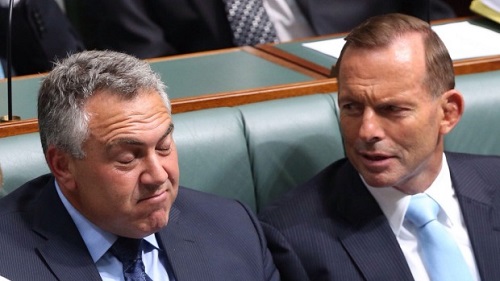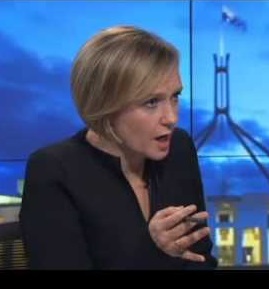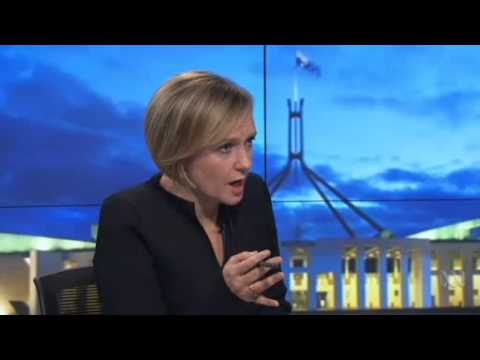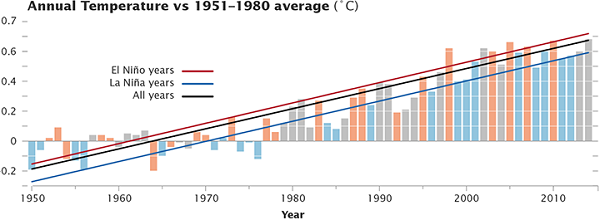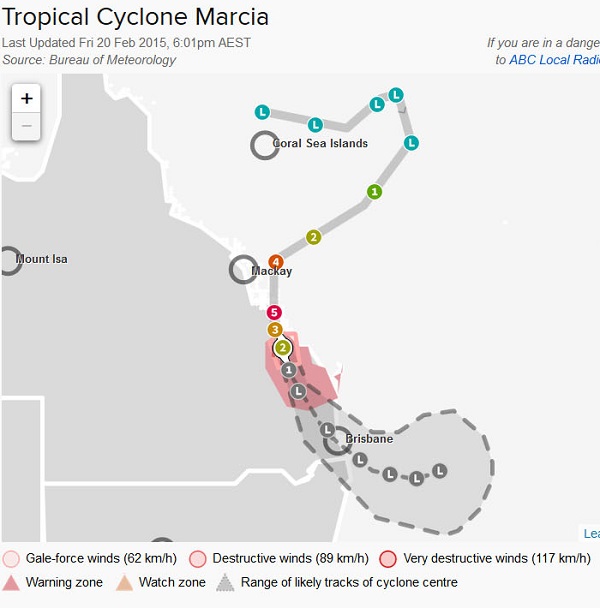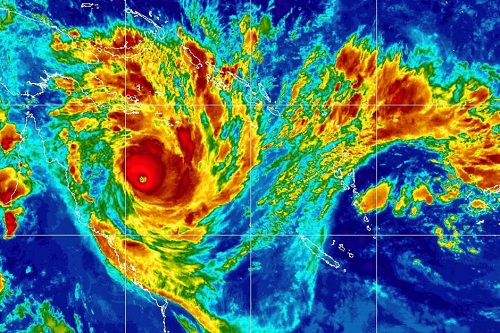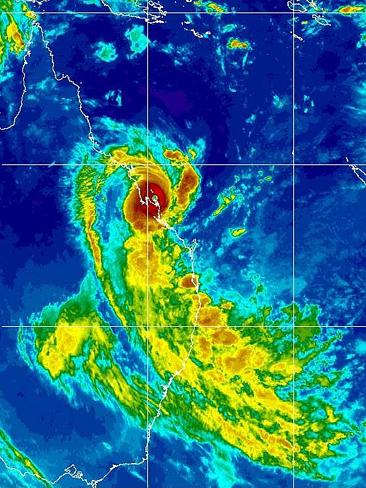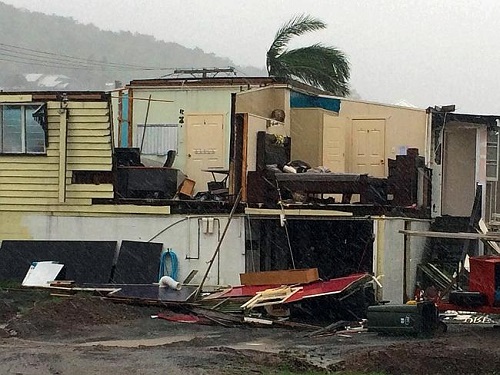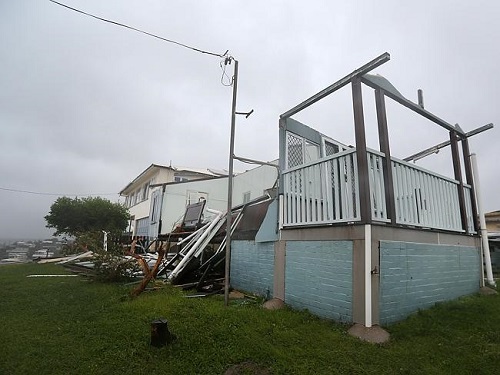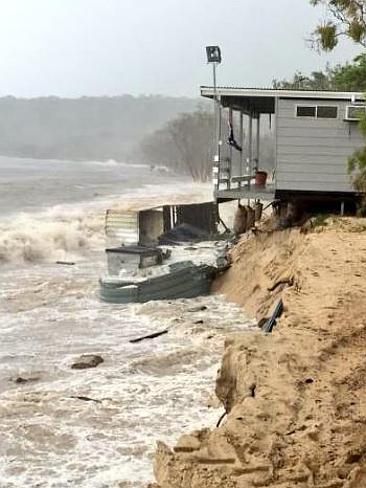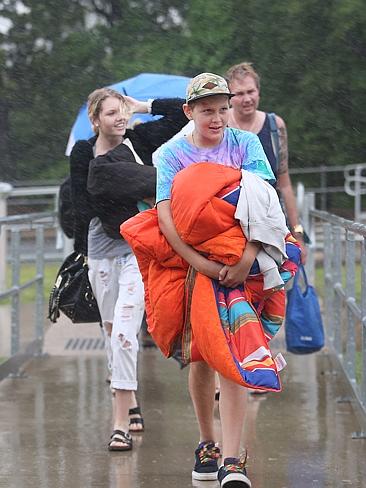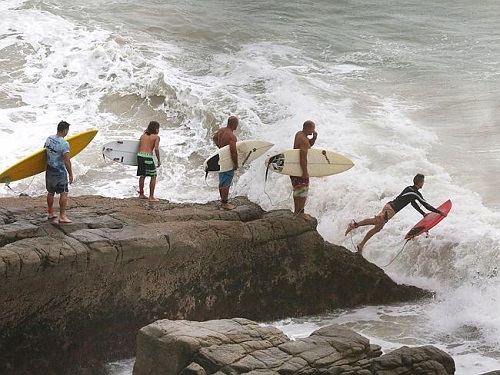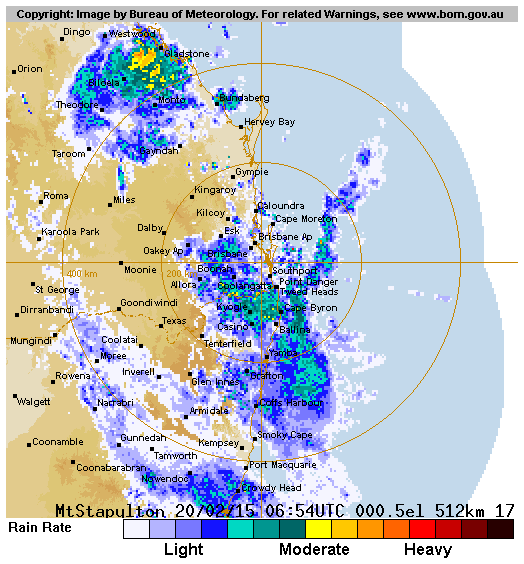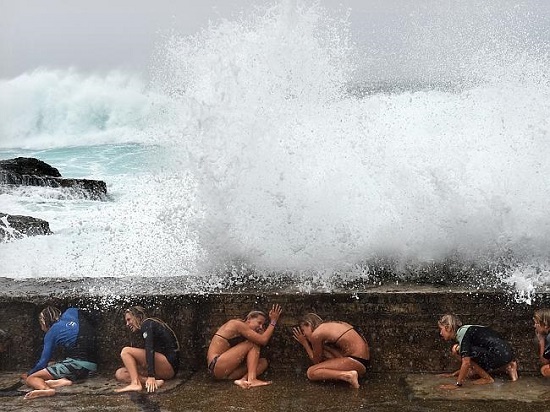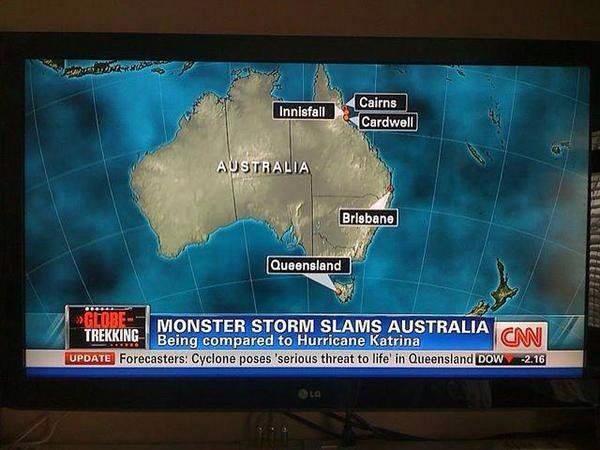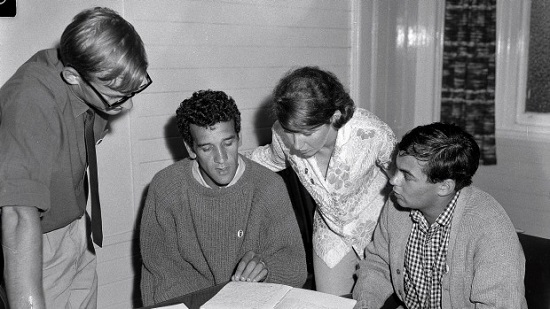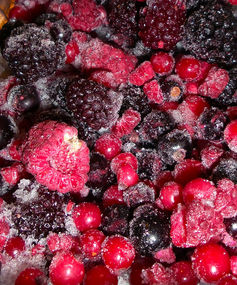
An open thread where, at your leisure, you can discuss anything you like, well, within reason and the Comments Policy. Include here news and views, plus any notable personal experiences from the week and the weekend.
For climate topics please use the most recent Climate clippings.
The gentleman in the image is Voltaire, who for a time graced the court of Frederick II of Prussia, known as Frederick the Great. King Fred loved to talk about the universe and everything at the end of a day’s work. He also used the salons of Berlin to get feedback in the development of public policy.
Fred would only talk in French; he regarded German as barbaric. Here we’ll use English.
The thread will be a stoush-free zone. The Comments Policy says:
The aim [of this site] is to provide a venue for people to contribute and to engage in a civil and respectful manner.
Here are a few bits and pieces that came to my attention last week.
1. Australia Post could ‘go bust’ without changes to letter delivery rules
Australia Post looks set to lose $6 billion over the next 10 years if it continues to deliver letters on the next day in the cities and within two days in the bush. The volume of letters was down 8.2% in the first half of this financial year.
Some 97% of the mail that’s sent comes from corporations and governments.
I think the idea is to charge $1.00 for a letter and $1.50 if you want it delivered the next day. And lose 900 jobs in the corporation.
It seems that service delivery can only be undertaken if it makes a profit.
2. Productivity Commission on Childcare and Early Childhood Learning report
The report is disappointing, according to Gerardine Neylon of the University of Western Australia. It looked at the methods of payment of subsidies, but ignored issues like the poor pay of childhood workers. The report showed no awareness of the importance of early childhood experience in later life chances, of personal growth and economic productivity etc. Australia’s performance in the sector is crap.
Australian early childhood education and care lags behind its OECD partners due to low financial investment in the sector. The OECD recommends countries spend a minimum of 1% of GDP on early learning. The OECD average is 0.7% and Australia spends 0.45%.
3. Attacking the Census
“Know thyself” said Socrates and a stack of other Greek sages.
The Abbott Government would rather not, says Ben Eltham in pondering why the Abbott government is considering cutting funding to Australia’s census – or even axing it altogether.
If there is a fundamental signature to this government, it is its determination to see Australia and the world through a conservative prism. Where reality doesn’t fit the Abbott government’s predilections, that reality is ignored.
One aspect of this tendency is a puzzling irrationalism. No government in modern Australian history has been more hostile to evidence, science and reason than Tony Abbott’s.
The census is invaluable for demographers, social researchers and anyone interested in public policy. Social analyst David Chalke:
I think it’s nonsense. I think it’s just silly. You cannot run a country without this basic data and I think to contemplate reducing the quality of the census is absurd.
Yes, it costs:
The last census held in 2011 was the nation’s largest logistical peacetime operation requiring 43,000 field staff to deliver 14.2 million forms to 9.8 million households — at a total cost of about $440 million.
I make that about one 10 tenth of one per cent of the Commonwealth budget. Small if you want to know what you are doing with the rest of it.
Labor members of a federal parliamentary committee have acquiesced in the plan to force telecoms providers to store the metadata of all phone and internet users for two years.
The Joint Intelligence and Security Committee has been investigating the Abbott Government’s proposed laws since last year.
It’s recommended some changes to improve oversight and prevent the data from being misused.
As it happens the upper bound of what the scheme might cost is $400 million.
The committee has taken note of journalists’ concerns. They’ve included some safeguards but have come up short in protecting sources.
The McClure report on social security has recommended that the whole social service payments data system be rebuilt. The current system, known as ISIS (Income Security Integrated System), has been described as a “turbo-charged Commodore 64”. For those who came in late the Commodore 64 was one of the early microcomputers of the 1980s which I think had all of 64K of memory.
McClure recommended this to the Howard Government. The Brits tried to do it a few years ago. At current rates the rollout will take 1500 years. A suitable challenge for the man who stopped the boats.


